Demilitarized Zone Tourism
in Korea
 Demilitarized Zone Tourism in Korea
Demilitarized Zone Tourism in KoreaDemilitarized Zone Tourism in Korea
 One of the beautiful sights in the demilitarized zones allowed for tourists and visitors
One of the beautiful sights in the demilitarized zones allowed for tourists and visitorsThe Demilitarized Zone or DMZ, in short, is a border that divides South Korea and North Korea just like the former 'Berlin Wall' of East and West Germany (although quite different).
When I was in high school, I learned about the DMZ as the '38th Parallel' that divides the Korean Peninsula. I remember that the reason for this divide was unfortunate. However, it is one of the most visited places in South Korea.
I am not glorifying anything about the war. Still, my primary purpose here is only to describe that despite the ugliness of war, there is a sense of awe on what the demilitarized zone has created--conservation of nature and wildlife!
Before I continue in describing both the positive and negative effects of the DMZ, let me describe what it is physically and how you can imagine its scale.
 DMZ Train
DMZ TrainThe Demilitarized Zone or DMZ
 DMZ memorial park area
DMZ memorial park areaThe famous Demilitarized Zone Tourism in Korea was created when war erupted between North Korea and South Korea in the mid-20th century.
The DMZ was created when the armistice was agreed in 1953. It means that the conflict between the divided nations did not end.
With that truce, a line was set from the mouth of Imjingang (River) on the West Coast to the East Coast in Goseong-gun in Gangwondo Province.
 The divided North and South Korea by the DMZ (Demilitarized Zone called the 38th Parallel)
The divided North and South Korea by the DMZ (Demilitarized Zone called the 38th Parallel) DMZ Museum and the Divided Globe (symbolizes the division between the two nations)
DMZ Museum and the Divided Globe (symbolizes the division between the two nations)The DMZ is an area two kilometers away from the truce line, both northward and southward. No military installation nor arsenals allowed in the zone.
The demilitarized zone occupies 248 kilometers of inland along the truce line and 200 kilometers on the Yellow Sea.
The total land area of the zone takes up over 900 square kilometers accounting for about 0.5% of the Korean Peninsula.
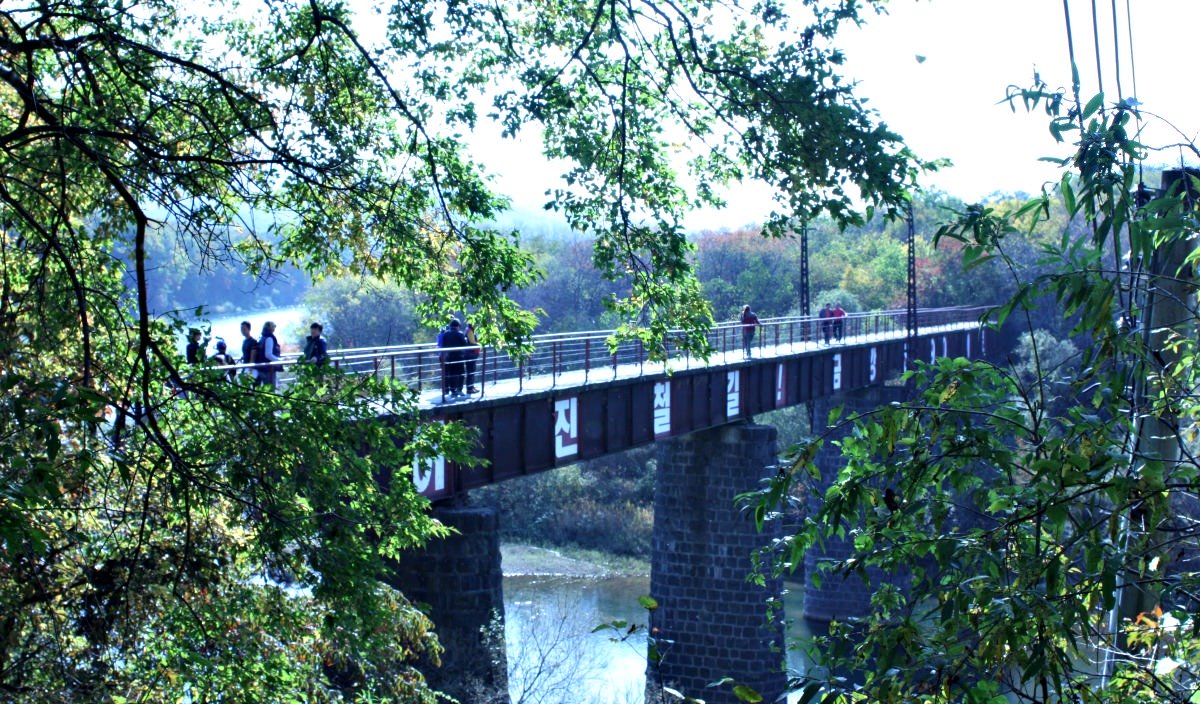 Beautiful sight of the bridge and surroundings along the DMZ
Beautiful sight of the bridge and surroundings along the DMZ The Buddhist Bell Pavilion symbolizes peace and calling for peace between the two nations.
The Buddhist Bell Pavilion symbolizes peace and calling for peace between the two nations. Farms nearby the DMZ
Farms nearby the DMZThe DMZ in Gyeonggi-do Province
The closest demilitarized zone from Seoul is the DMZ area in Paju, which is only about one hour by public transport.
Paju area in Gyeonggi Province is home to numerous DMZ tourism sites and activities that attract both local and foreign visitors. Some of the famous sites include...
- Imjingak & Pyeonghwa-Nuri Park
- Odusan Unification Observatory
- Panmunjeom (Joint Security Area)
- Dorasan Station (train station within the Civilian Control Zone)
- The 3rd Tunnel (known as the infiltration tunnel closest to Seoul)
 Panmunjeom (Joint Security Area)
Panmunjeom (Joint Security Area)PAJU DMZ TOUR
Guide: Exit 2 of Hapjeong Station, Subway Line 2 (9:30 AM)--Imjingak--Lunch (Dorasan restaurant)--Dorasan Station--Dora Observatory--The 3rd Tunnel (walk/monorail)--Hapjeong Station
DMZ Train, Dorasan DMZ Tourism
Yongsan Station (10:AM) / Seoul Station (10:15 AM)--Imjingak Station--Dorasan Station--Dorasan Peace Park--Lunch--Dora Observatory--The 3rd Tunnel--Unification Platform--Dorasan Station--Imjingak Station--Seoul Station (5:15 PM) / Yongsan Station.
The DMZ in Gangwondo Province
 DMZ Peace Museum
DMZ Peace MuseumIn Gangwon-do Province, located below North Korea on the eastern side of the peninsula, you can visit many demilitarized zone tourism sites. The most popular ones are Goseong, Cheorwon, and Yanggu areas.
Some of these famous and exciting sites near the DMZ include...
- Goseong Unification Observatory (offers close views of North Korea's Geumgangsan Diamond Mountains and Haegeumgang)
- Hwajinpo Lake (where you can see the villas of South Korea's first president Syngman Rhee)
- Goseong DMZ Museum (details the over 60 years after the division of both nations)
- DMZ Eco Peace Park Trail (tourism site in Cheorwon which was restricted for a long time)
- Labor Party Headquarters (a building heavily scarred with bullets during the war)
- The 2nd Tunnel (a 3.5-kilometer-long tunnel)
- Woljeong-ri Station (closest train station to the southern border)
- Cheorwon Peace Observatory (offers views of the expansive plains of Cheorwon and North Korea)
- The 4th Tunnel
- Dutayeon Pool (has a vibrant ecosystem)
- Eulji Observatory (where Geumgangsan Mountains can be observed)
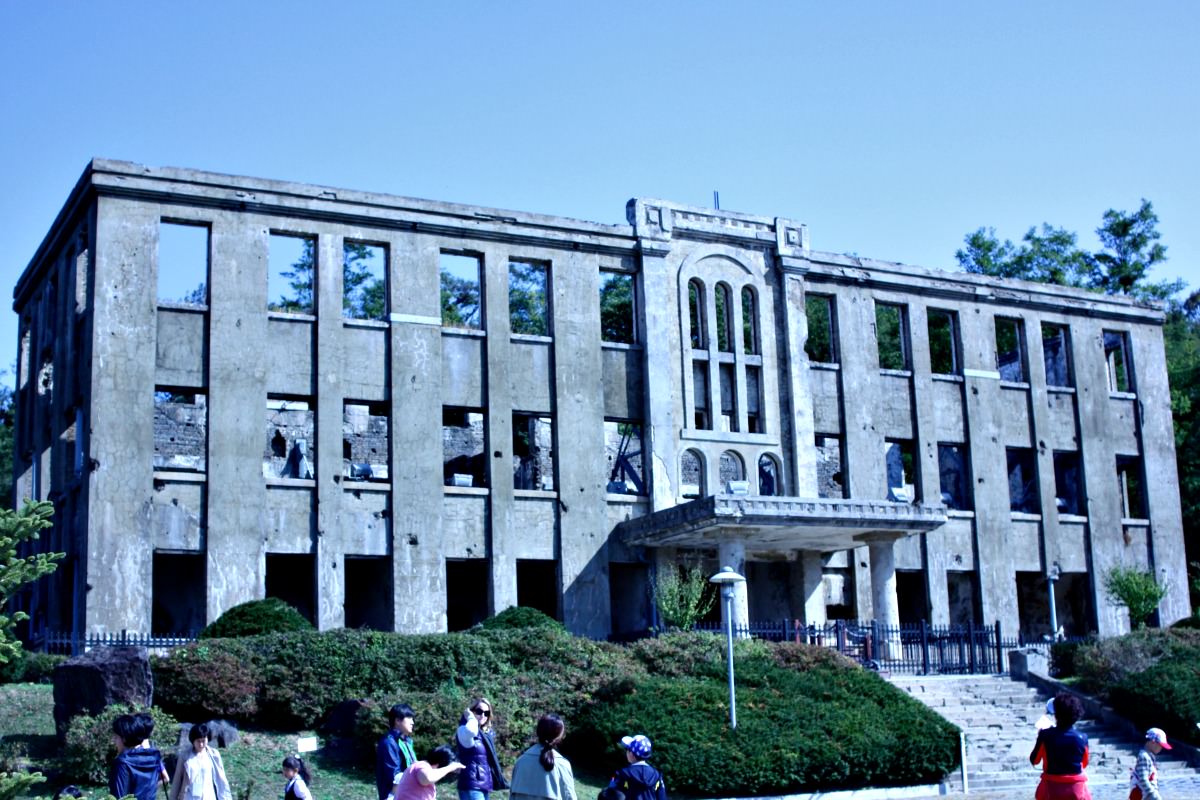 Labor Party Headquarters remaining structures and scarred walls by bullets
Labor Party Headquarters remaining structures and scarred walls by bullets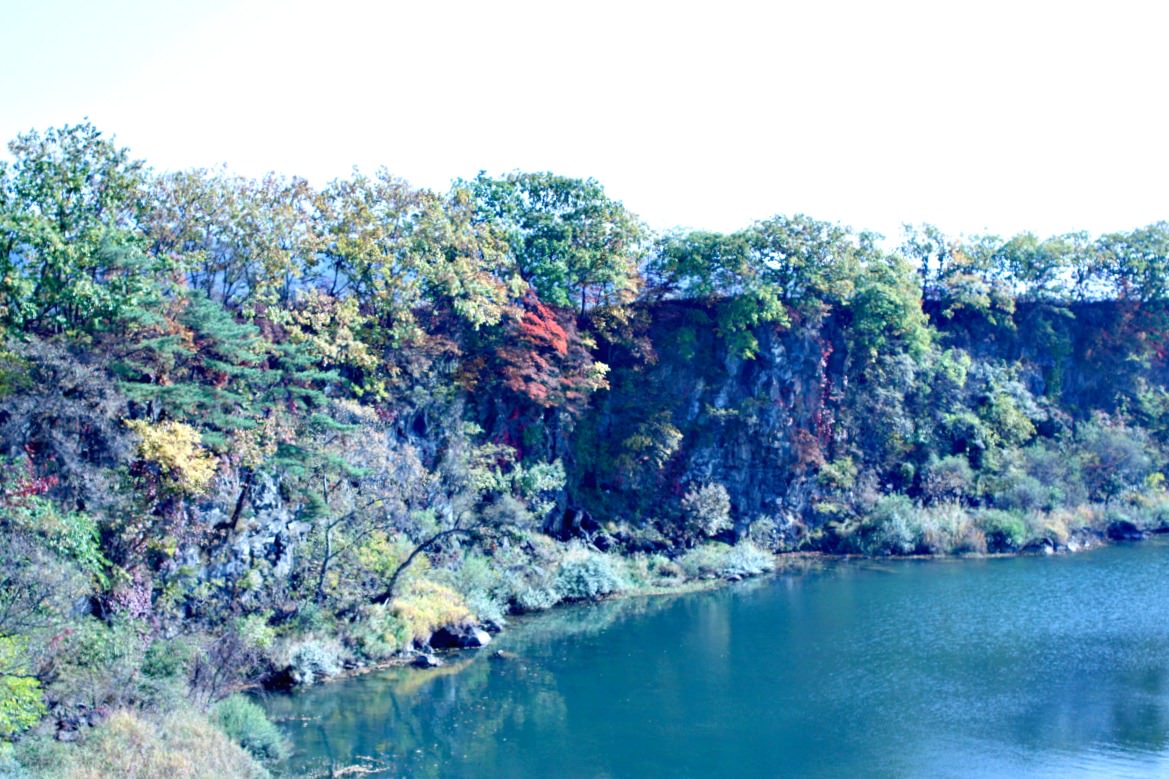 Beautiful sights of Autumn season along the DMZ in Cheorwon area
Beautiful sights of Autumn season along the DMZ in Cheorwon areaCHEORWON TOUR
One has to join a group tour as an individual tour is not allowed. You may choose any of the following tours which can take from 3 to 4 hours:
- Goseokjeong DMZ Tour: Goseokjeong Pavilion--The 2nd Tunnel--Cheorwon Peace Observatory--Woljeong-ri Station
- Baengmagoji DMZ Tour: Baengmagoji Station--The 2nd Tunnel--Cheorwon Peace Observatory--Woljeong-ri Station--Baengmagoji Station
- DMZ Train: Seoul Station--Baengmagoji Station--Crane Village (lunch)--Baengmagoji Memorial Monument--Labor Party Headquarters--Myeonggong Observatory Post--Geumgangsan Electric Track Bridge--Baengmagoji Station--Seoul Station.
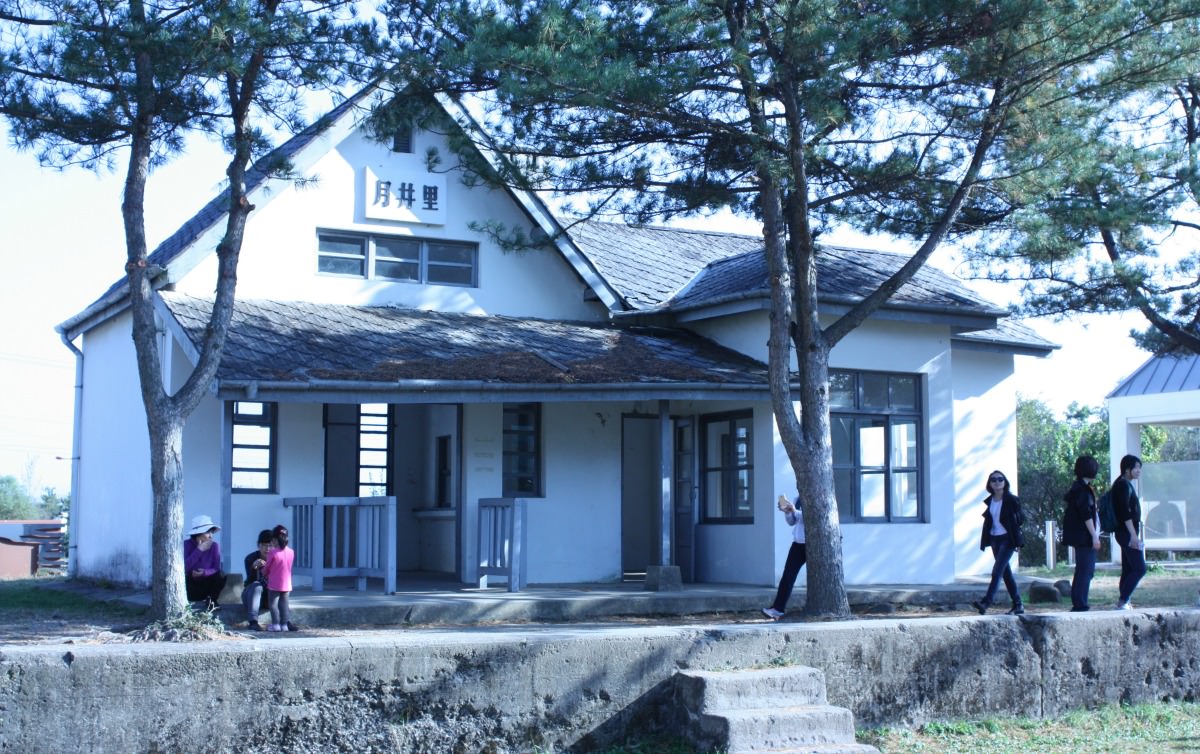 Old train station in Cheorwon
Old train station in CheorwonYANGGU TOUR
This tour will bring you to the 4th Tunnel, Eulji Observatory, and the War Memorial Hall. One has to fill out an application at Yanggu Unification Pavilion.
You can find more Demilitarized Zone Tourism is Korea or DMZ tour details through the following websites...
www.hantan.cwg.go.kr
www.letskorail.com
Although you can imagine and feel the sad and scary memories through the scars left behind, you can also experience the silence and beautiful landscape and nature untouched for over half a century.
I hope this is helpful. Have an exciting trip to any of the tours I described above.
- Home
- South Korea Tourism
- Demilitarized Zone DMZ
Get Exciting Activities
Book one of our exciting activities today to experience the thrill of a lifetime! Take advantage of this opportunity and secure your spot in advance.
Hotel Map Guide
Find your affordable, accessible, and comfortable hotel in Seoul at Agoda.Com. See the hotel map below...
Hotel Booking Guide
Find affordable and amazing hotels on Agoda.com using the search box below. Book now to enjoy great discounts and save!
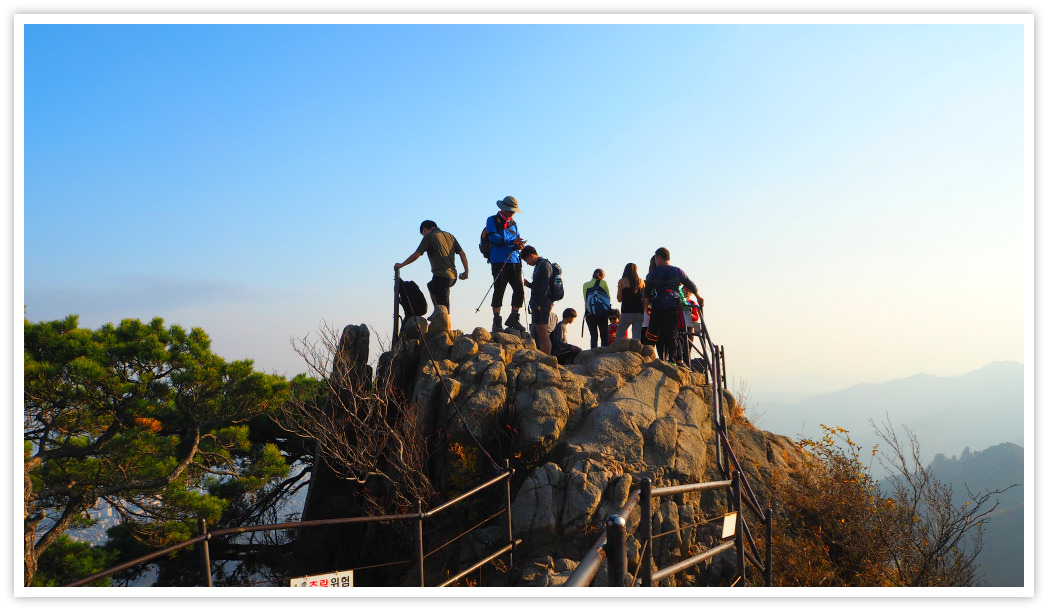
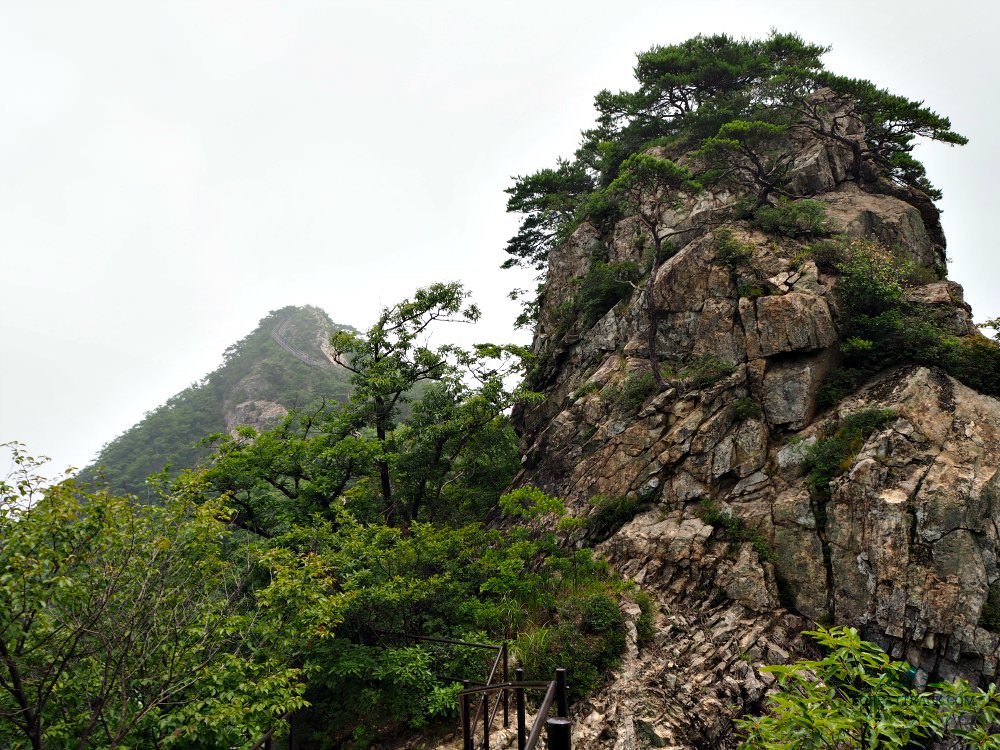
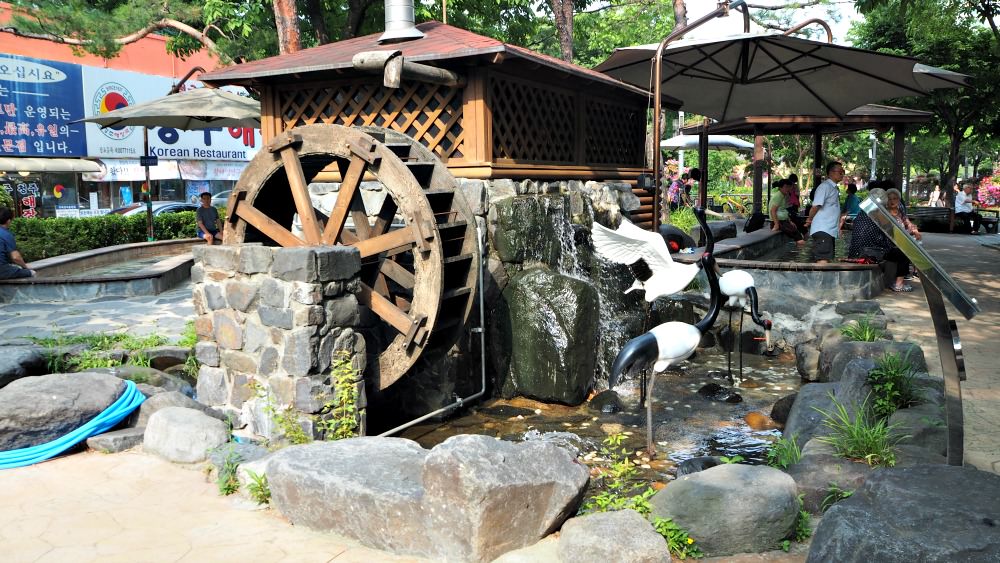




New! Comments
What do you think about this page? Leave me a comment in the box below.